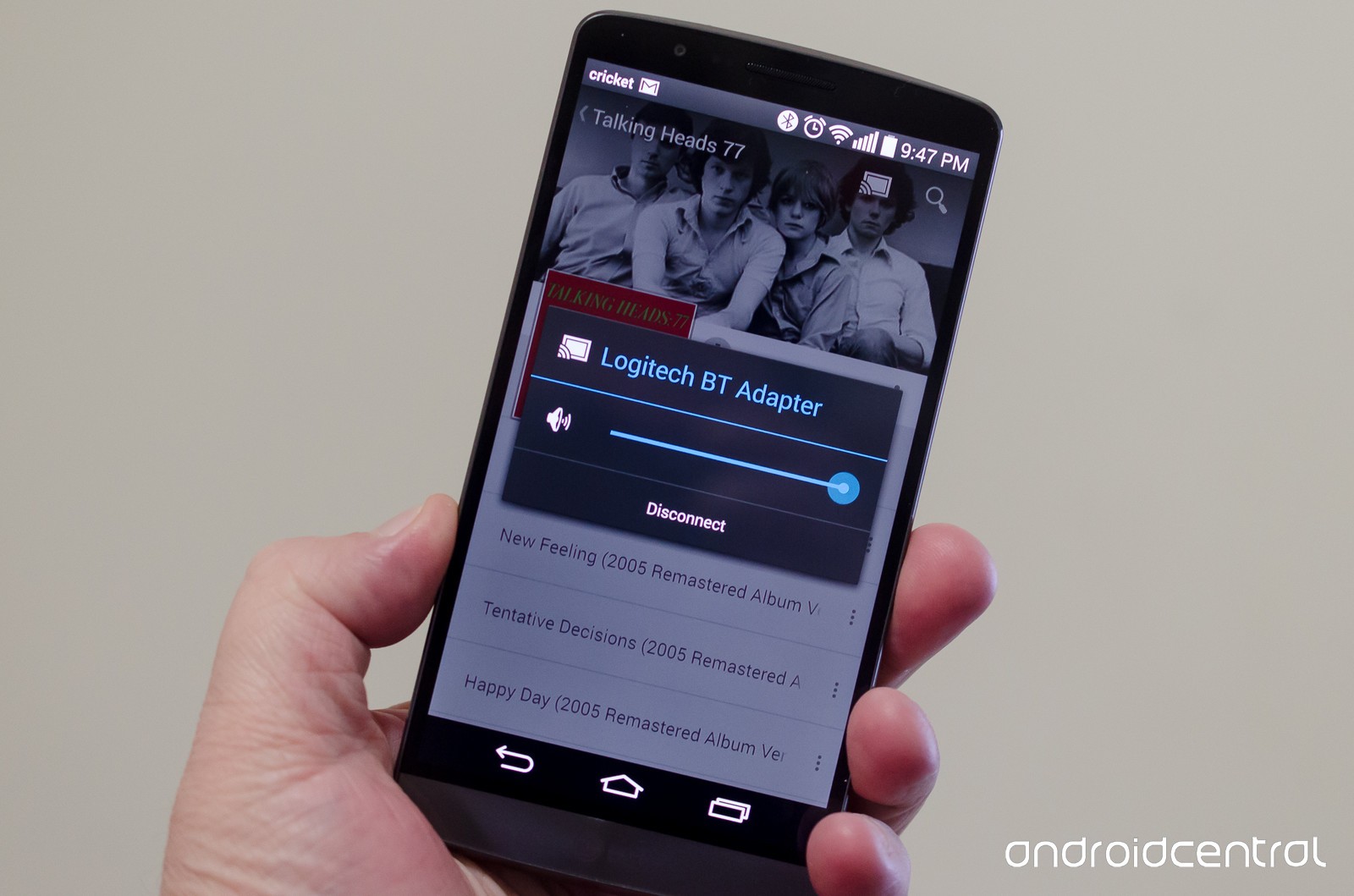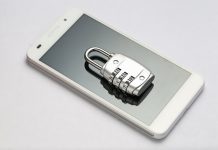
There have been very many complaints from smartphone users concerning the components that require pairing with other devices. Some of the most frequently raised concerns include slow connectivity, devices failing to pair sometimes and audio hiccups. This situation has not only been recorded in smartphones alone but also in smartwatches and car stereos that support this kind of connectivity. In this article, we have tried to address some of those problems that come along with components on a smartphone that requires pairing with another device.
From the above-listed problems, most of the conflicts will always arise between phones, a fitness tracker or through headphones. At times, the problem may also be as a result of wrong presses on the keyboard though rarely. When these problems occur, we might have never heard about them, but one sure thing is we always have some ideas on what might be going on. To help answer some of these questions that ring in your mind, the article below will try to answer exactly what these devices do when they are try to pair them. Besides, we will also discuss what can be done for them to improve their reliability and consistency of the connections and what can be possibly done to improve the setups.
What components require pairing with other devices?
To better understand these components, you need to know they make use of wireless technology. They require both hardware and software components for them to function. The hardware is considered important as it is the one that sends the necessary signal through radio frequency while the software determines what is to be sent through the signal and how it is interpreted. For the components to function, they must be universally accepted across all devices for them to be able to communicate.
With the above explanation, the components can be described as low speed, short-range wireless communication standard and low energy that are suited to help link together small peripherals. These peripherals may include headphones, keyboards, and speakers among others. The peripherals must also be connected to a more powerful host device like a computer, tablet or a smartphone.
Moreover, the tension on connectivity problems in the components usually arises between two main fault lines. The problems may also arise in cases where older and newer versions of Bluetooth are trying to work with one another and possibly even through a third device.
On the other case, you might also face problems that are unique to a specific piece of hardware. In this case, the component may fail to interact properly with the OS in your device. It might be having bugs that make it hard to update its firmware or even lack a corresponding app that can make it function.
What you can do

To ensure you enjoy maximum connection experience with your devices, the following tips would be important to apply.
To initiate with, to avoid connectivity problems, it is always advisable to keep your smartphone always up to date. Some of the Bluetooth versions will only function and work well under new profiles.
Secondly, it is always advisable to ensure that you update the smart apps that control your device. It is also important to check for software updates for the products that you own. Peripherals always have annoying procedures while updating but the process may be necessary and will save you a lot of headaches if you will be experiencing severe connection issues.
Moreover, try dropping particular modes on the connected device if the device allows for a number of mode connections to check whether it will help in addressing the problem. While using an Android smartphone, you can complete this by heading to your phone’s settings, select the gear icon of the component you are using and disable profiles by unchecking them.
Why you need to be watchful while using these components
When using the components explained in this article, it is always advisable to remain watchful, as it is always a risky move for mobile users. While completing connections using the components always ensure you are sure of the device, you are connecting with. The components pose a lot of security issues and loss of data and other important information from the phone.
These components are part of the technology we are appraising, but it is important to be aware of the pitfalls that come along with leaving this technology switched on when not in use. It is through some of these components of data sharing and wireless connection that hackers find ways to remotely asses the information saved in phones and other devices. In this case, always ensure the device you are connecting is within range and learn to switch it off while not in use.
To prevent the above-listed threat from happening, it is always a good idea to set the component in your smartphone in a default configuration mode. With this, it means any user around you who may be running searches for potential targets will not discover your device as it will not pop up on their listing.
In addition, always learn to ignore any unknown request that may come through any of the wireless connectivity components. These call to actions requests may include “pair.” Such requests should be treated with the decline option or ignored. You should also be always curious while using these components in public and busy places such as coffee shops, trains and bus stations as they are opportunist environments for hackers.
Conclusion
While using any component that requires pairing with other devices, you can never be sure of the prospective problems that may occur. If you were considering buying either of peripherals that need connectivity with any of these wireless components, it would be important to read through consumer forums to find out whether people usually report on errors with the device you want to use. More to this, always consider the company’s support, update and records from customer services before purchasing any brand or component that requires connectivity with other devices.

Denis is an article/blog and content writer with over 7 years of experience in writing on content on different niches, including product reviews, buyer’s guide, health, travel, fitness, technology, tourism. I also have enough experience in SEO writing.











